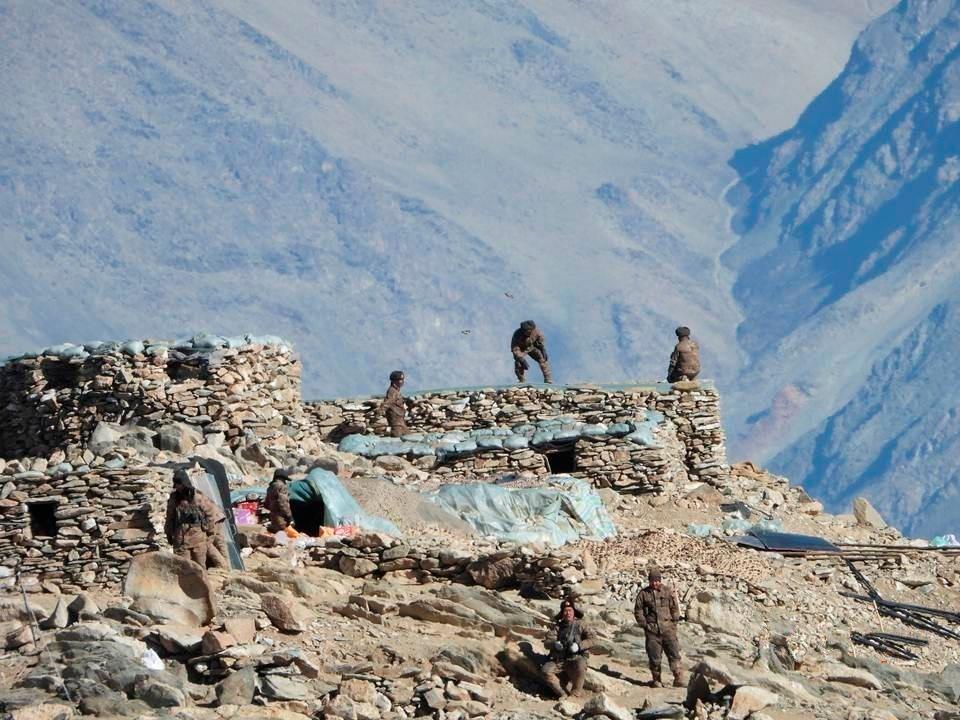India, China pull back frontline forces from disputed border lake
The two countries have an agreement not to use guns or explosives along the border, so clashes between troops have seen stones and nail-studded clubs used as weapons.
Just In
India and China have completed the pull-back of troops from part of their disputed Himalayan border, the Indian defence ministry says.
Clashes on the poorly marked border led to the deaths of at least 24 soldiers last June.
Troops completed their withdrawal from the Pangong Tso Lake area on Saturday, according to the communique.
Both sides say they will work to cut tensions on other parts of the border, or line of actual control (LAC), reports the BBC.
China and India announced their intention to withdraw forces from the lake area on Feb 11, and commanders met on Saturday to assess how the operation was going.
“The two sides positively appraised the smooth completion of disengagement of frontline troops in the Pangong Lake area noting that it was a significant step forward that provided a good basis for resolution of other remaining issues along the LAC,” Sunday’s statement said.
The statement acknowledged that other parts of the border remained tense.
“The two sides agreed to continue their communication and dialogue, stabilise and control the situation on the ground, push for a mutually acceptable resolution of the remaining issues in a steady and orderly manner, so as to jointly maintain peace and tranquility in the border areas.”
Months of tension has increased fears that the continued deployment of thousands of troops in the Ladakh region and the Chinese-administered Aksai Chin could lead to an escalating conflict.
India and China have been locked in a border dispute there for decades and went to war in 1962. The border is 3,440km long and ill-defined.
Rivers, lakes and snowcaps along the frontier mean the line can shift, bringing soldiers face to face at many points, often sparking confrontation. The two countries however have a long-standing agreement not to use guns or explosives along the border.
In January, troops on both sides were injured in a clash in the north-east in India’s Sikkim state.
Twenty Indian troops were killed in June’s clash in the Galwan Valley. China admitted two days ago that four of its soldiers also died in the encounter. Weapons used reportedly included stones and nail-studded clubs.
Subscribe to our newsletter
To be updated with all the latest news and analyses daily.
